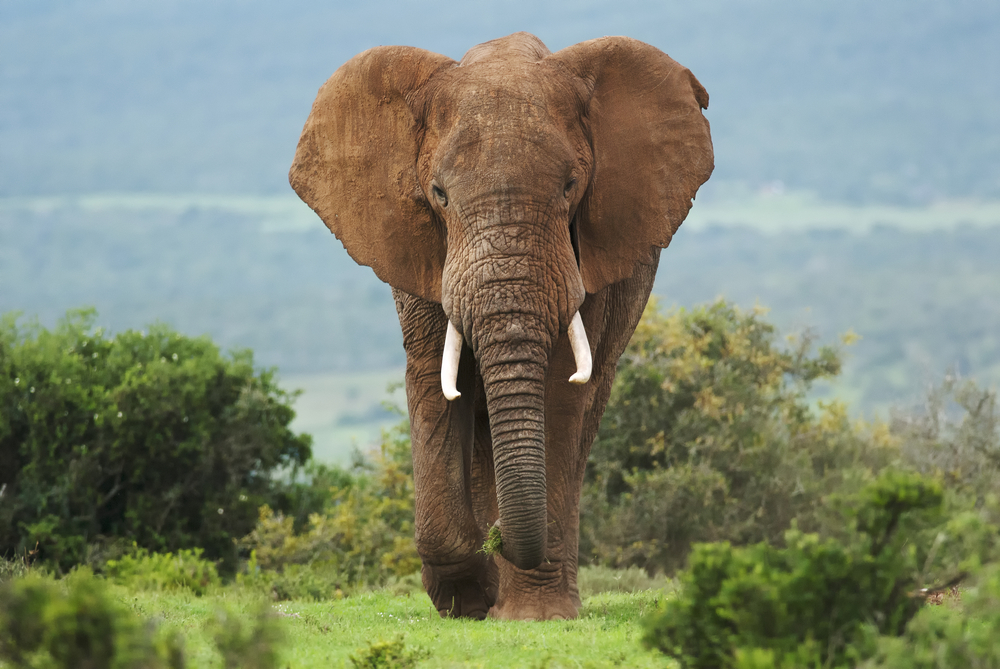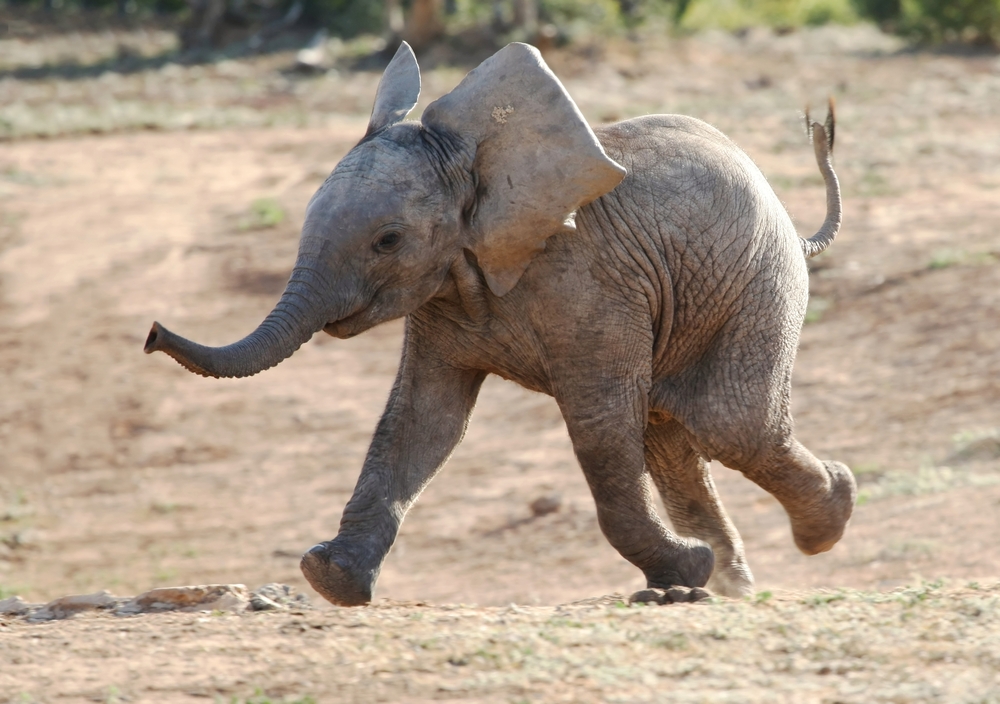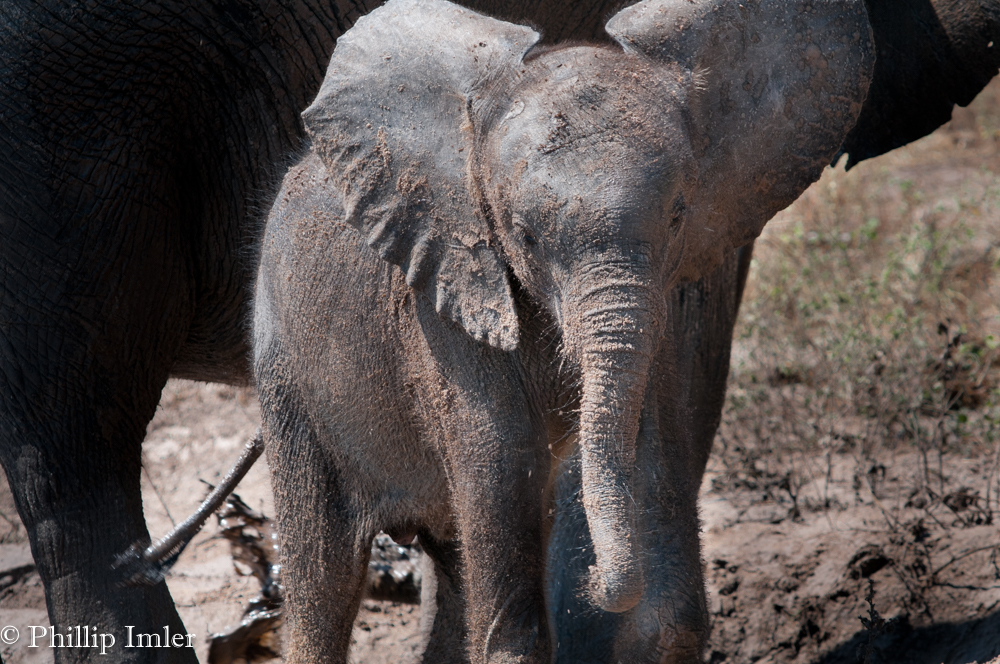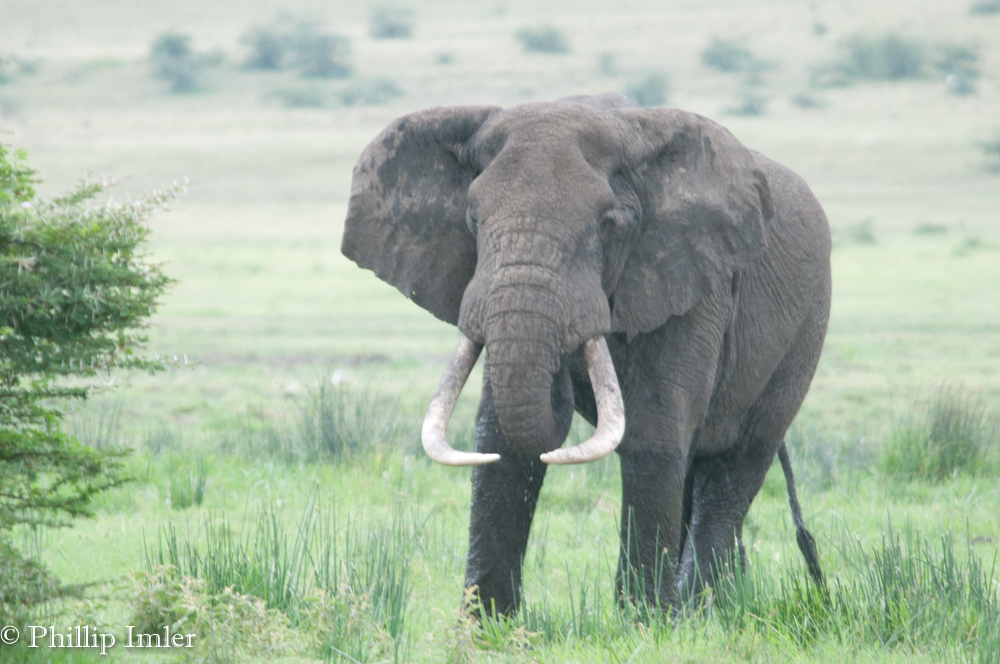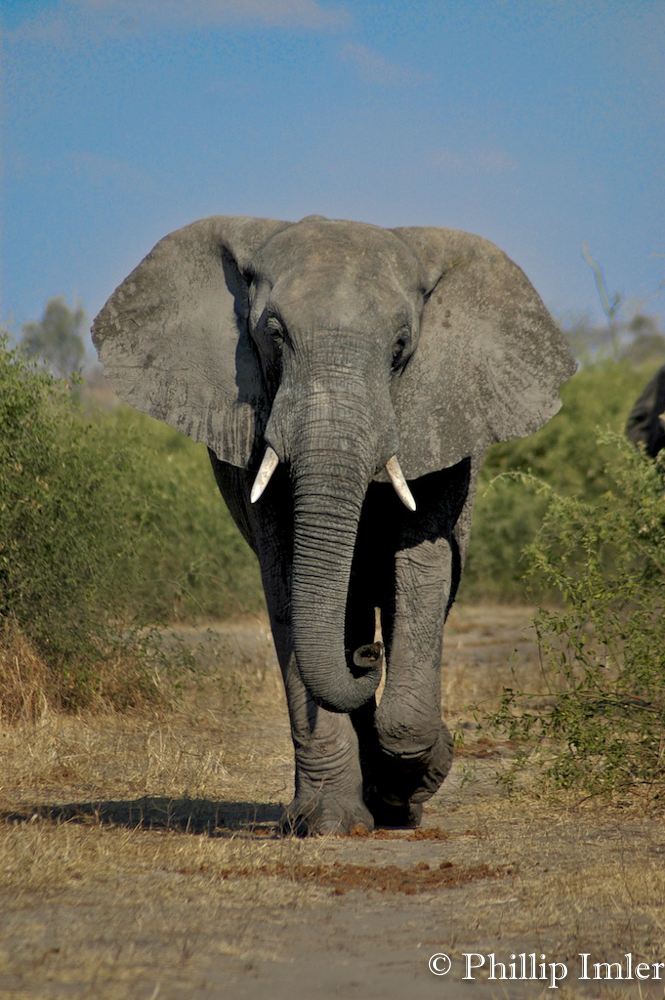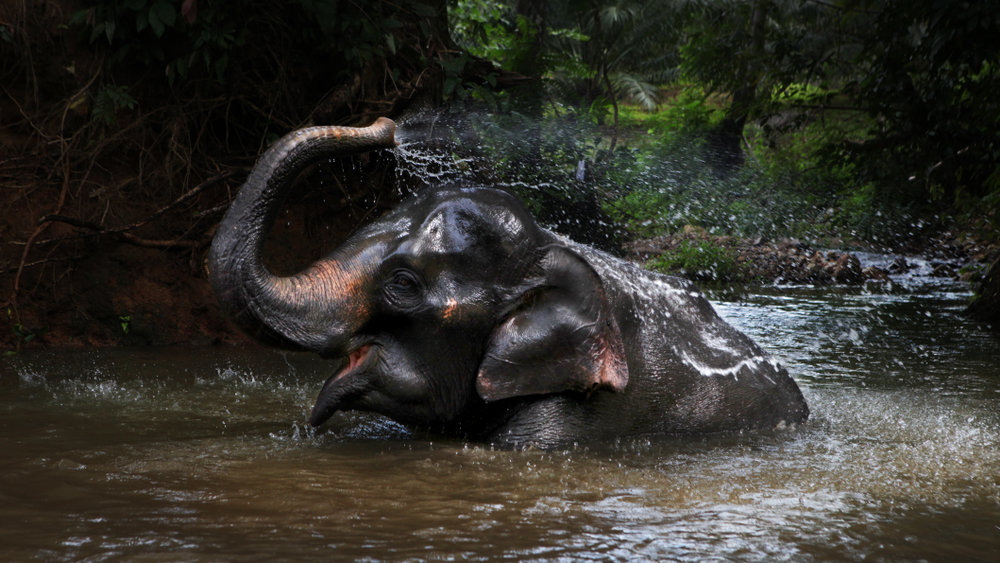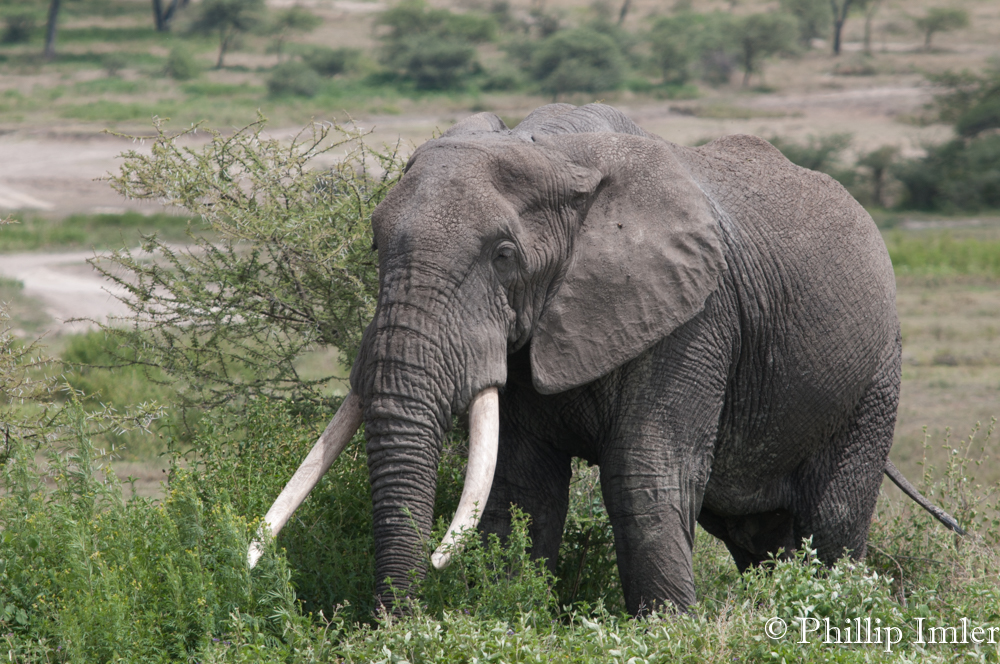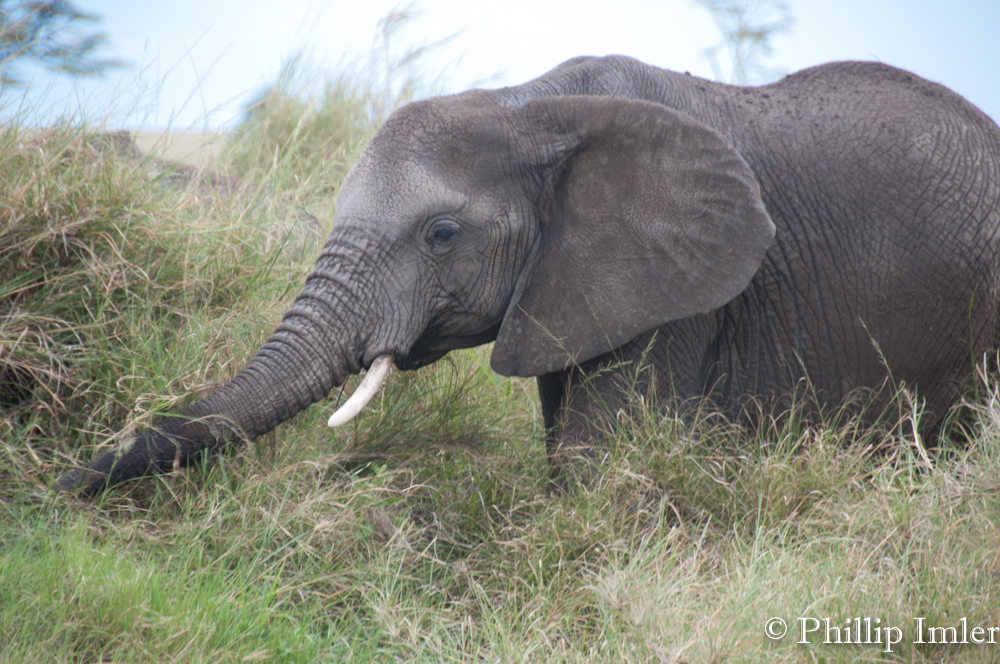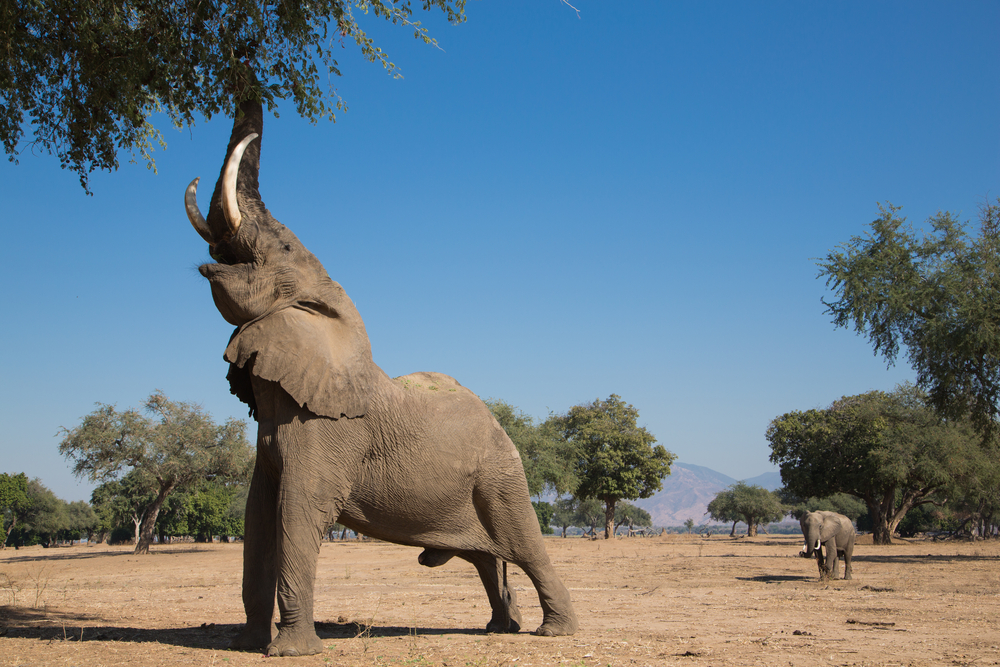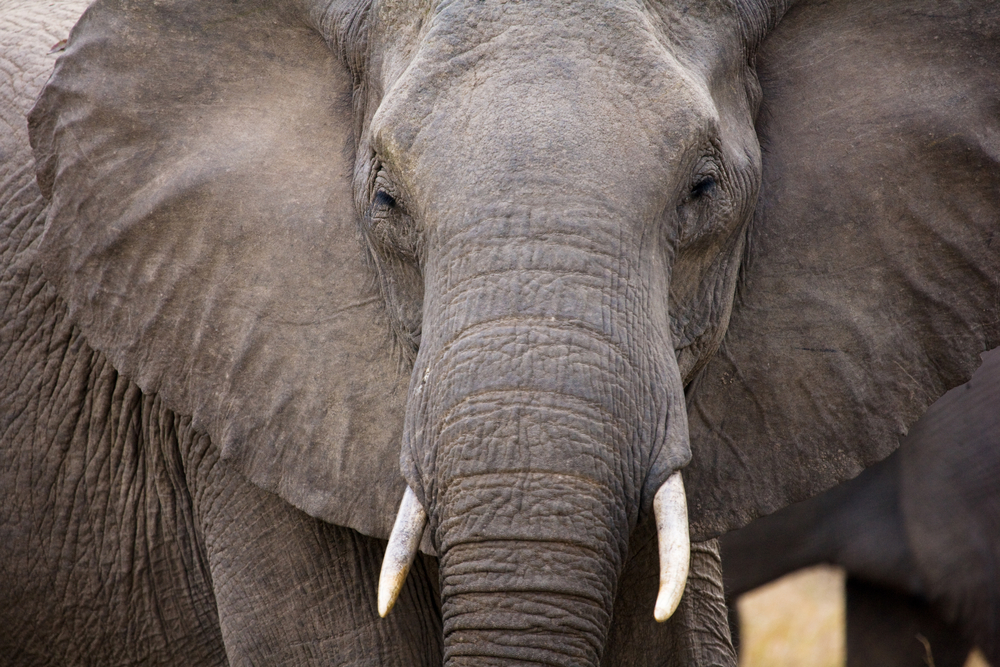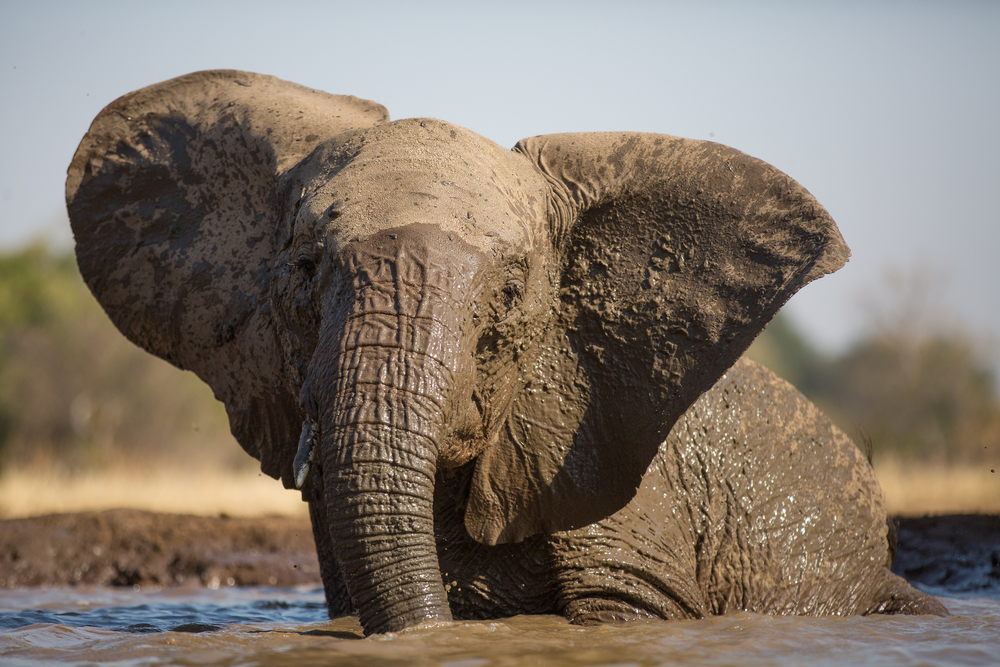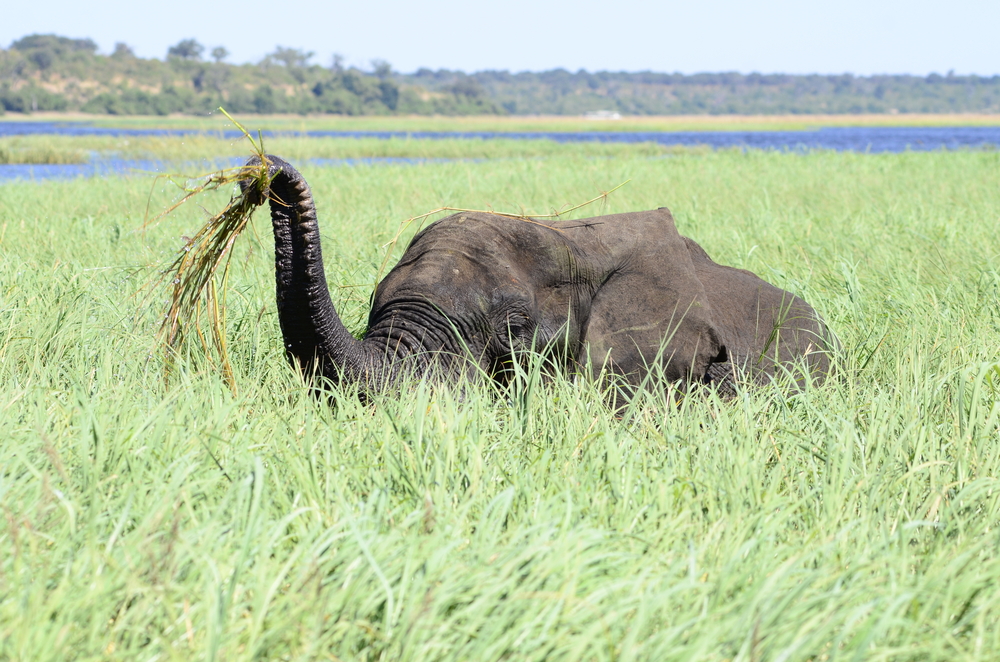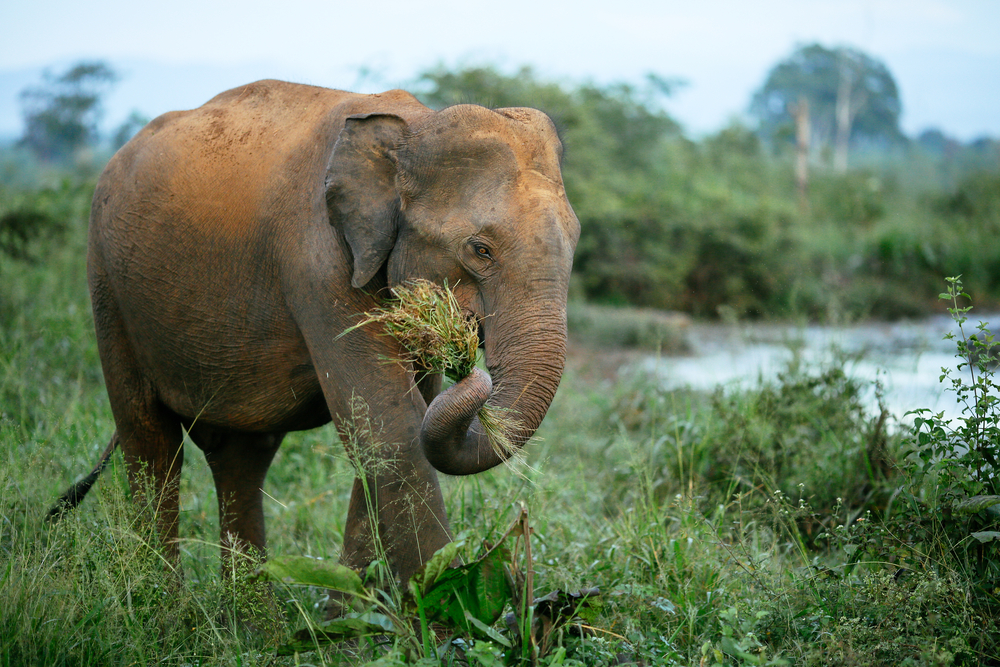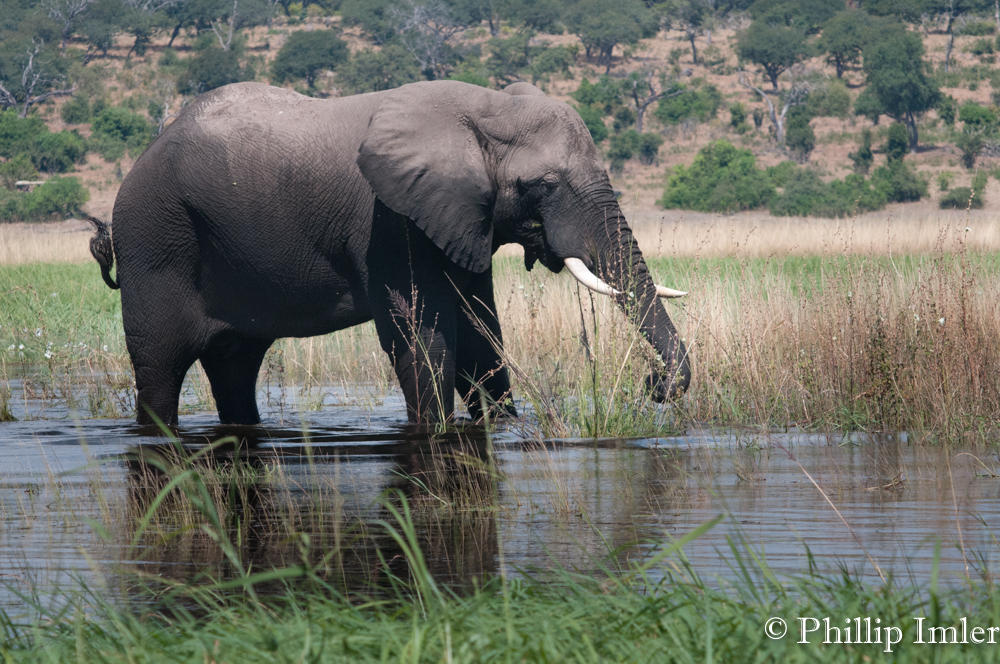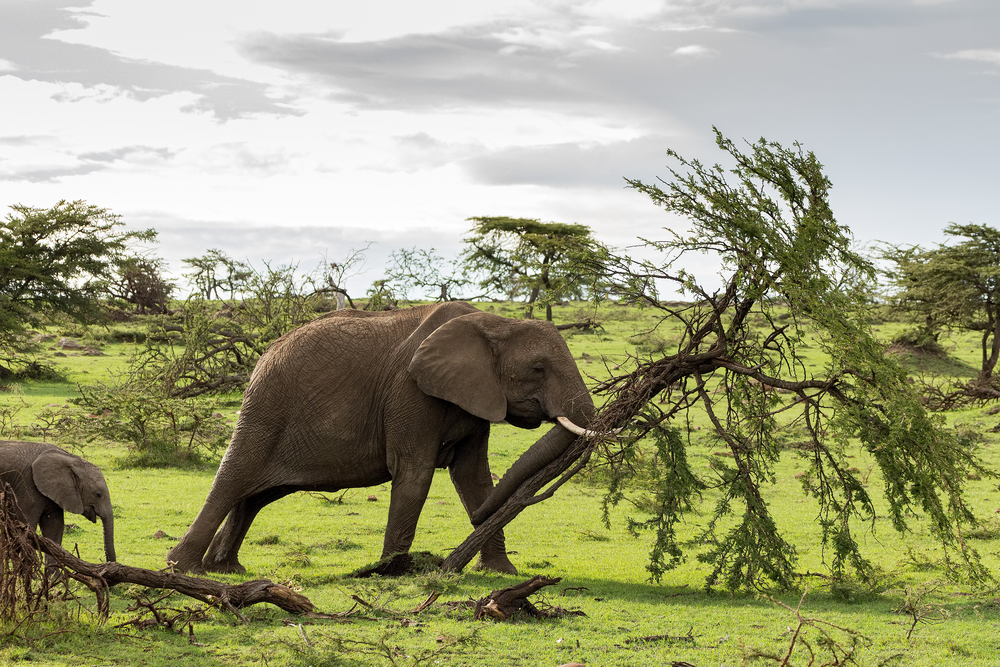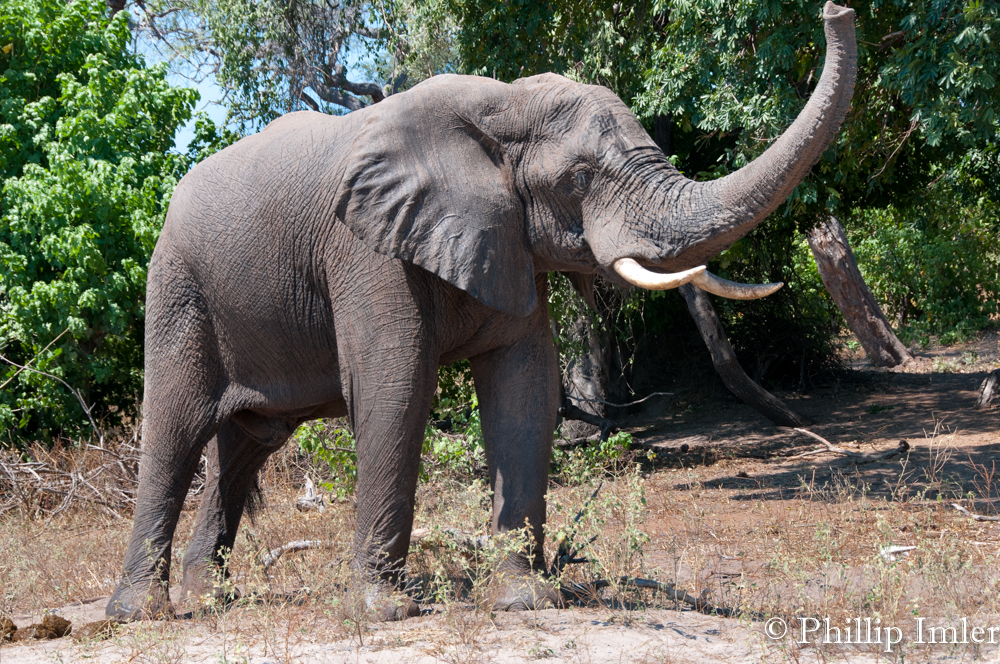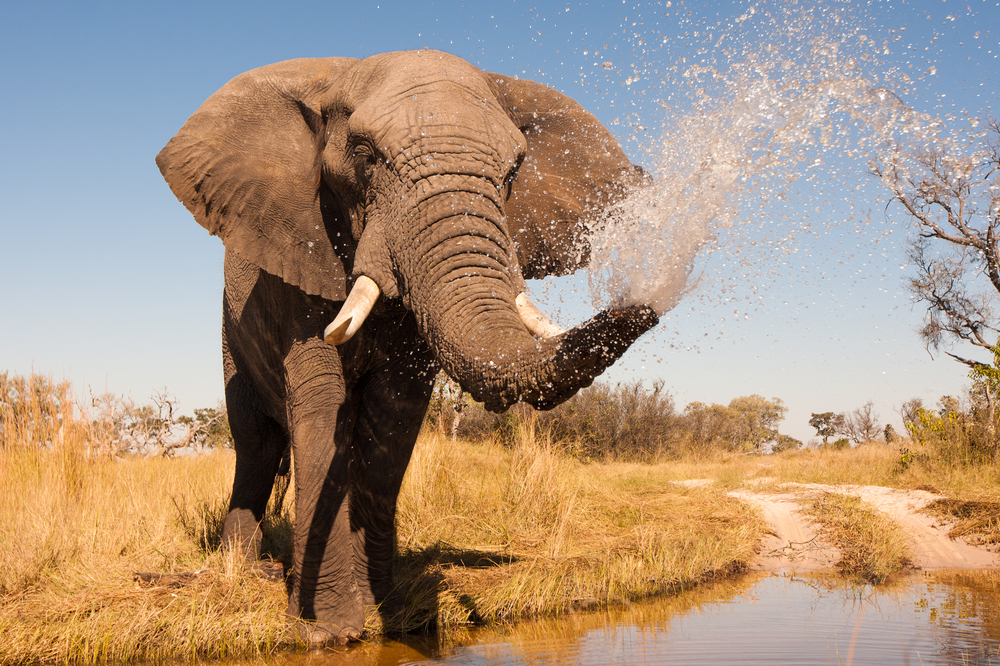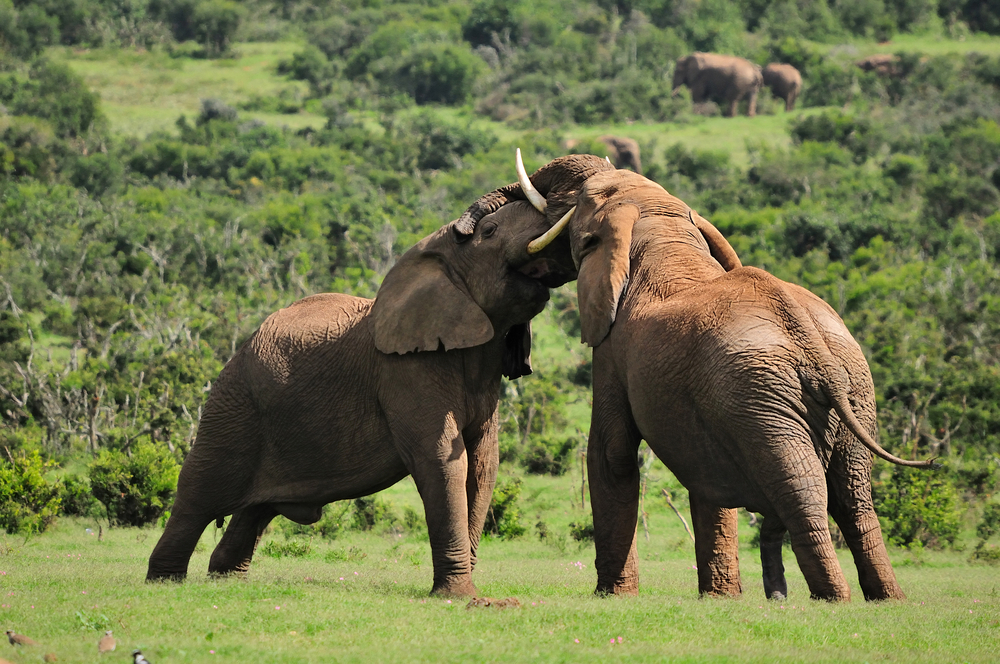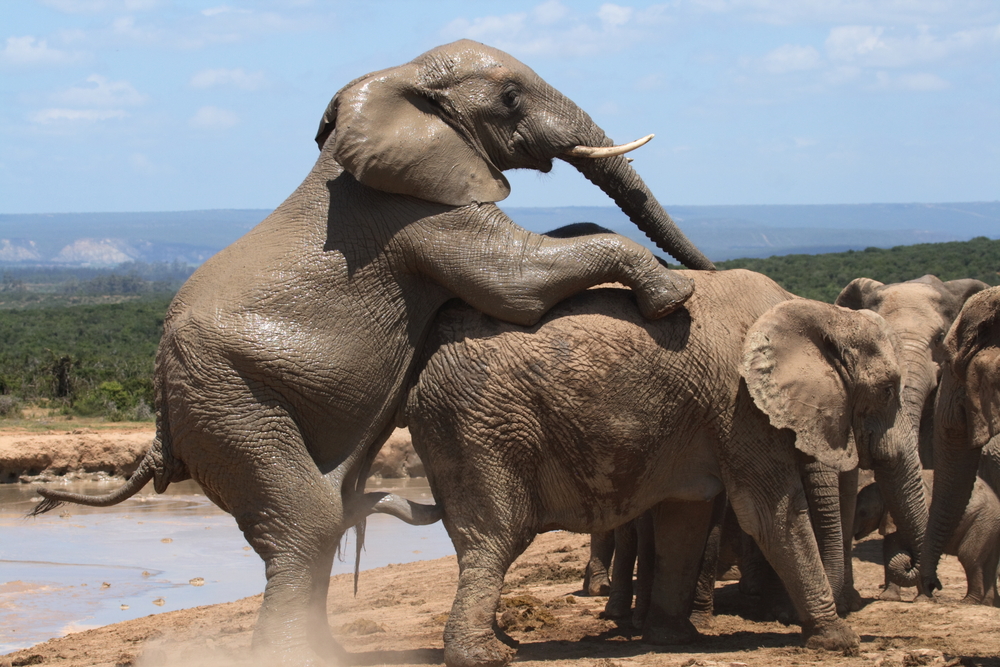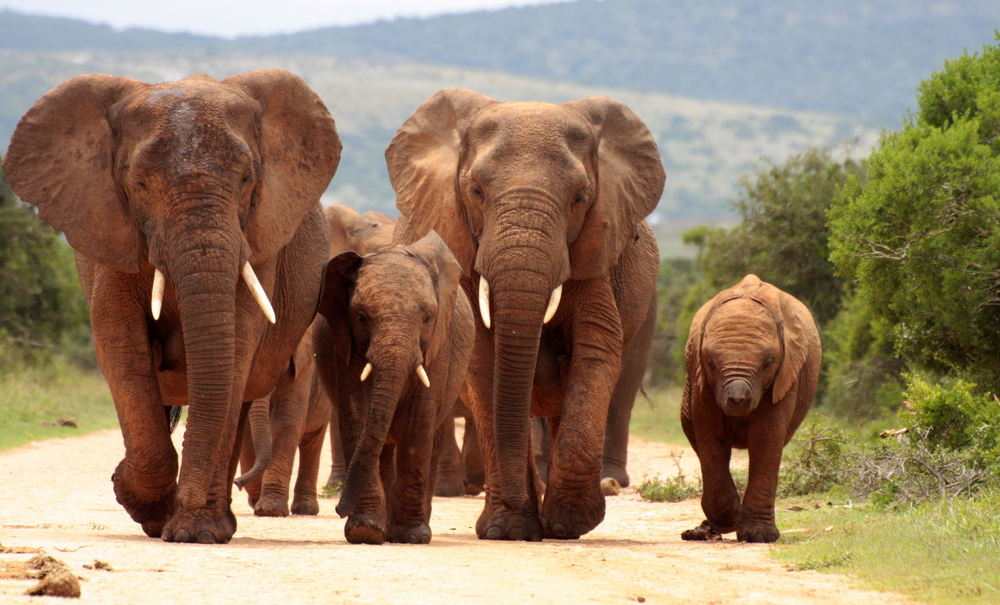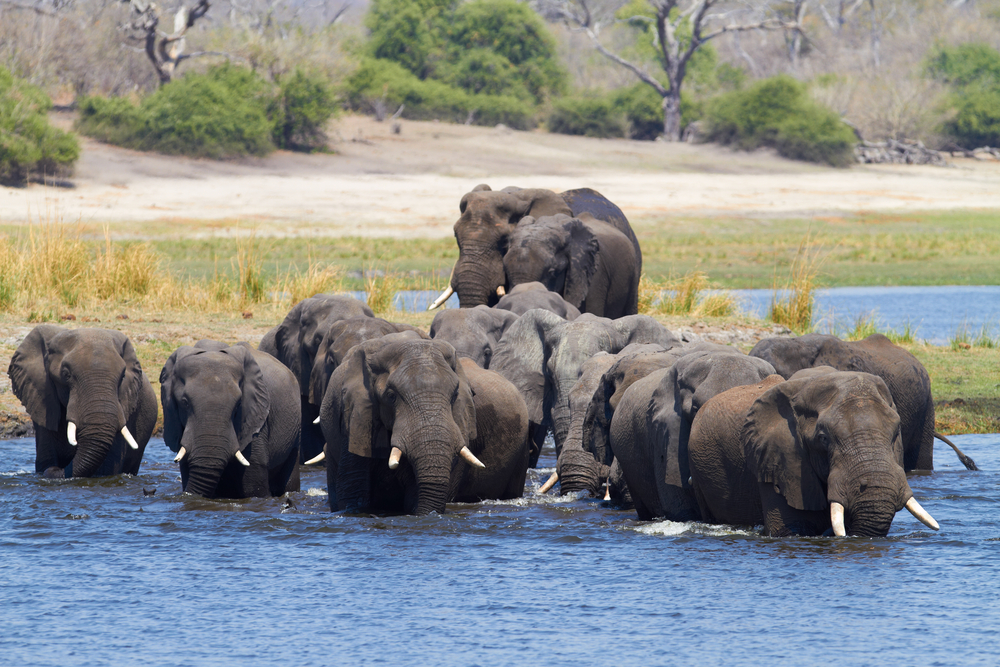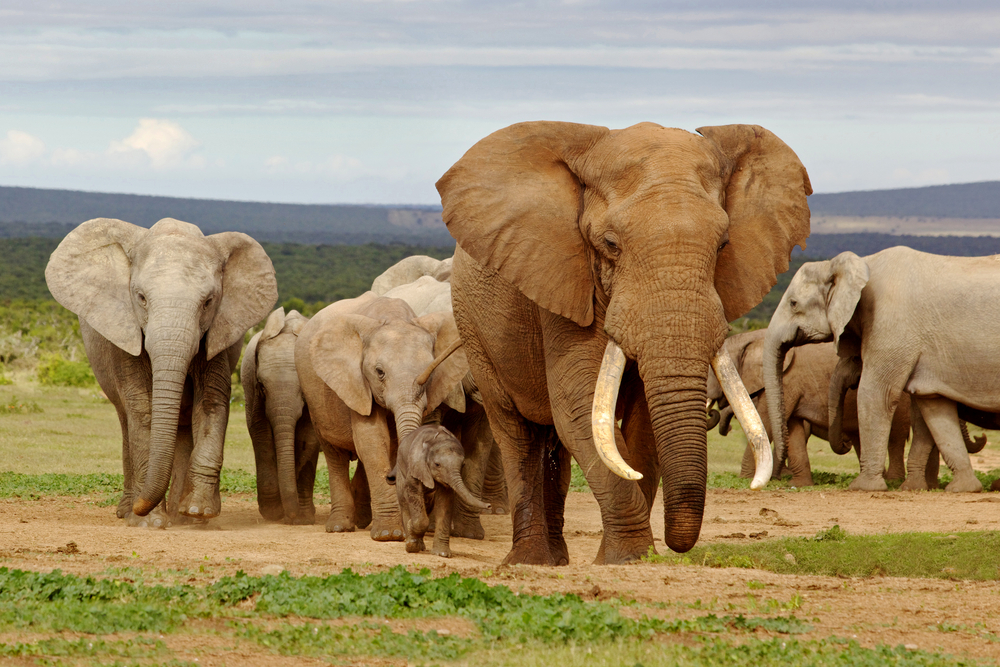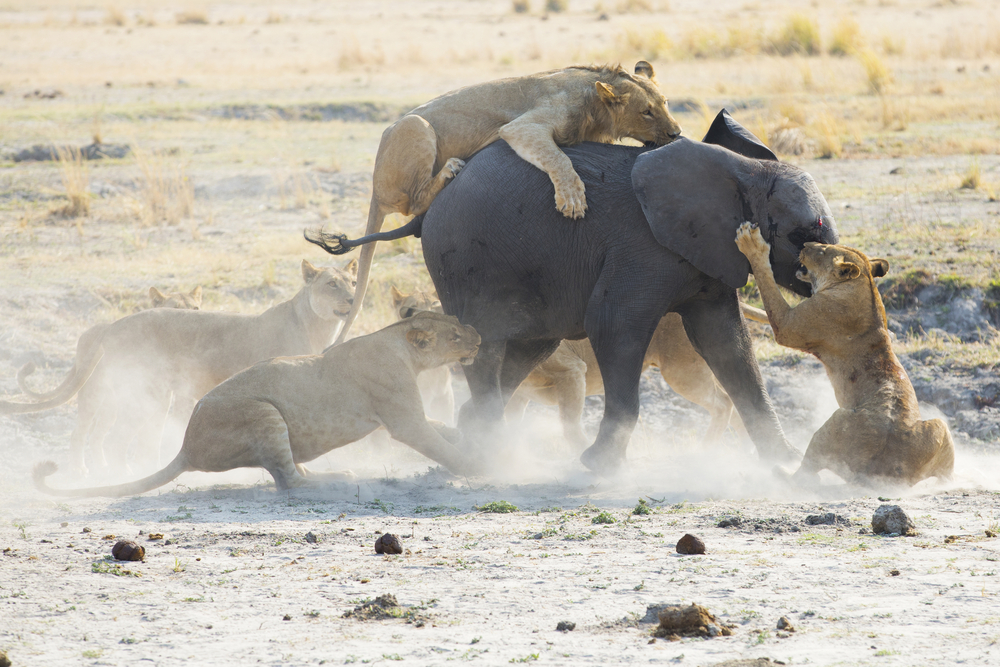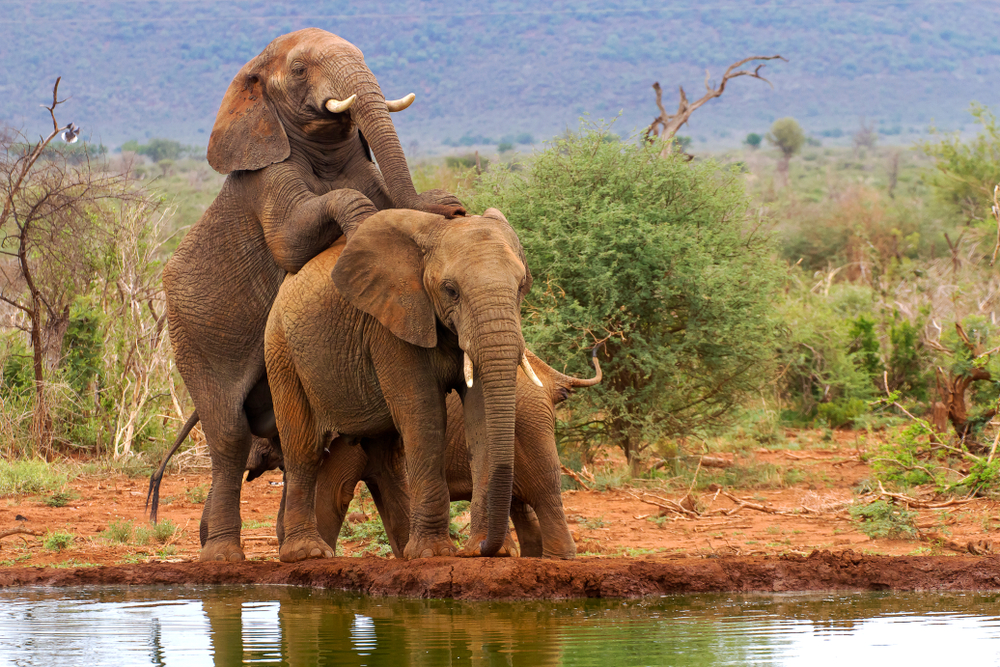African and Asian elephants, while sharing similarities, have distinct differences in various aspects:
- Location:
- African Elephants: Primarily found in sub-Saharan Africa, African elephants are further divided into two species, the African bush elephant (Loxodonta africana) and the African forest elephant (Loxodonta cyclotis).
- Asian Elephants: Native to various regions in Asia, including the Indian subcontinent and Southeast Asia.
- Ear Size:
- African Elephants: Generally, African elephants have larger ears that are shaped like the continent of Africa.
- Asian Elephants: Asian elephants typically have smaller ears compared to their African counterparts.
- Tusk Size:
- African Elephants: Both male and female African elephants have larger tusks, and tusks are present in both sexes.
- Asian Elephants: In Asian elephants, only some males have visible tusks, and they are generally smaller than those of African elephants.
- Back Shape:
- African Elephants: The back of the African elephant has a concave shape.
- Asian Elephants: Asian elephants have a more convex or straight back.
- Size:
- African Elephants: African elephants are generally larger, both in terms of body size and weight.
- Asian Elephants: Asian elephants are smaller in comparison, with a somewhat different body structure.
- Trunk Tip:
- African Elephants: The trunk of African elephants has two finger-like extensions at the tip.
- Asian Elephants: The trunk of Asian elephants typically has one finger-like extension at the tip.
- Behavior:
- African Elephants: African elephants are known for their social behavior and often live in larger groups, with females and their young forming close-knit family units.
- Asian Elephants: Asian elephants may exhibit a more solitary lifestyle, with males often living alone.
- Habitat:
- African Elephants: Inhabit a range of environments, including savannas, forests, and grasslands.
- Asian Elephants: Found in a variety of habitats, including grasslands, forests, and marshes.
- Conservation Status:
- African Elephants: Both African elephant species are listed as vulnerable or endangered due to threats like habitat loss and poaching.
- Asian Elephants: Asian elephants are also facing conservation challenges and are classified as endangered, primarily due to habitat fragmentation and human-elephant conflict.
While these differences exist, it’s important to note that individual elephants may vary, and both species are crucial to their ecosystems and face similar conservation concerns.



































































